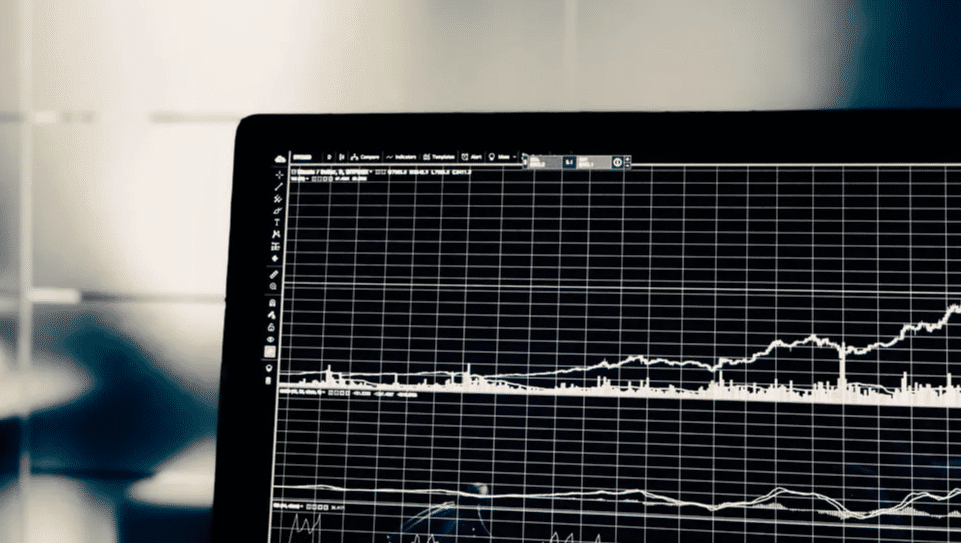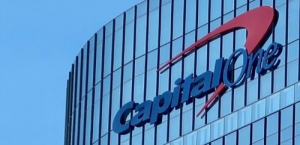Over the last few months, inflation has been a serious concern. The August CPI inflation rate was 7%, the eighth consecutive month that the CPI data has breached the Reserve Bank of India’s (RBI) upper margin of 6%.
Also Read| Explained: Difference between RBI’s accommodative, neutral & hawkish stance
The fundamental indicator for monetary policy used by the majority of central banks is the country’s rate of inflation. When prices increase faster than expected, central banks tighten monetary policy by raising interest rates or implementing other hawkish policies.
Also Read| Explained: Why has RBI shifted to a ‘less accommodative’ policy
Higher interest rates increase the cost of borrowing, reducing both consumption and investment, both of which rely largely on credit. Similarly, if inflation and economic output decrease, the central bank will cut interest rates and make borrowing more affordable, among other feasible expansionary policy instruments.
Also Read| United Kingdom’s inflation rate rises at highest pace in three decades
Inflation targeting sees the central bank’s core objective as ensuring price stability. A general approach to inflation targeting can make use of all of the monetary policy tools that a central bank has, such as open market operations and discount lending.
Also Read| China’s Q1 GDP grows 4.8% year on year, beating expectations
Interest rate changes have an influence on an economy’s borrowing, saving, and spending patterns. When interest rates rise, for example, savers can earn more on-demand deposit accounts and are more likely to postpone current expenditure in favour of future consumption. Borrowing money, on the other hand, is more expensive, which discourages lending.
Also Read| How India’s new crypto tax impacts investors
The rate of inflation later this year will be critical. Interest rates will be raised if concerns persist and there are no major shocks to the economy.
Also Read| RBI keeps lending rates unchanged: What are repo and reverse repo rates?
Inflation that remains consistently high is quite concerning in an economy since it disproportionately affects low-income individuals.
Also Read| Sugar stocks rush: Why Indian investors are high on ethanol
In other words, rising inflation robs the poor of the benefits of economic recovery. As a result, policymakers can no longer ignore persistently rising prices.
Also Read| Why crypto donations are skyrocketing worldwide: Explained
To summarise, the RBI is currently up against rising inflation. That indicates the period of ultra-accommodative monetary policy is finished, and more rate hikes are on the way.







